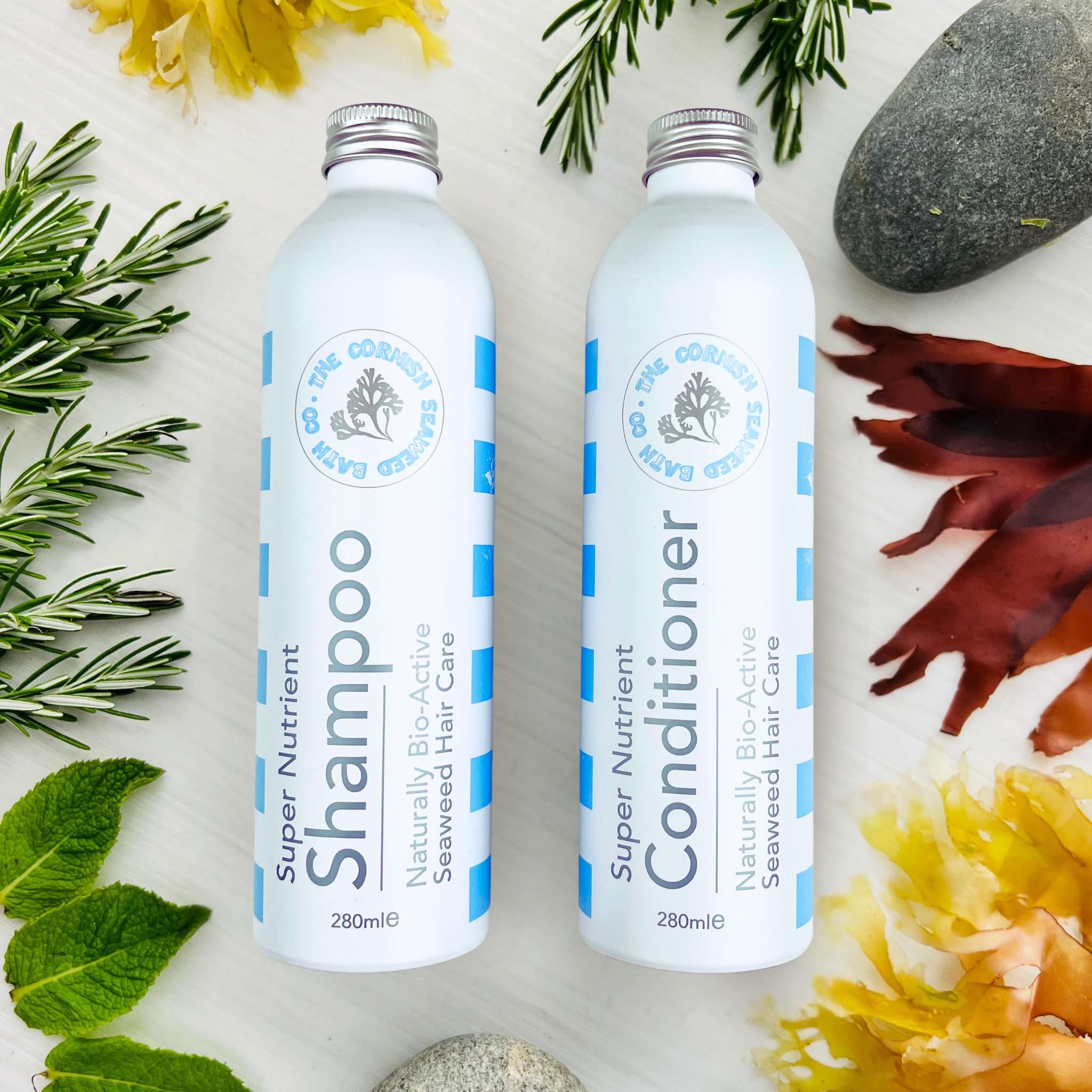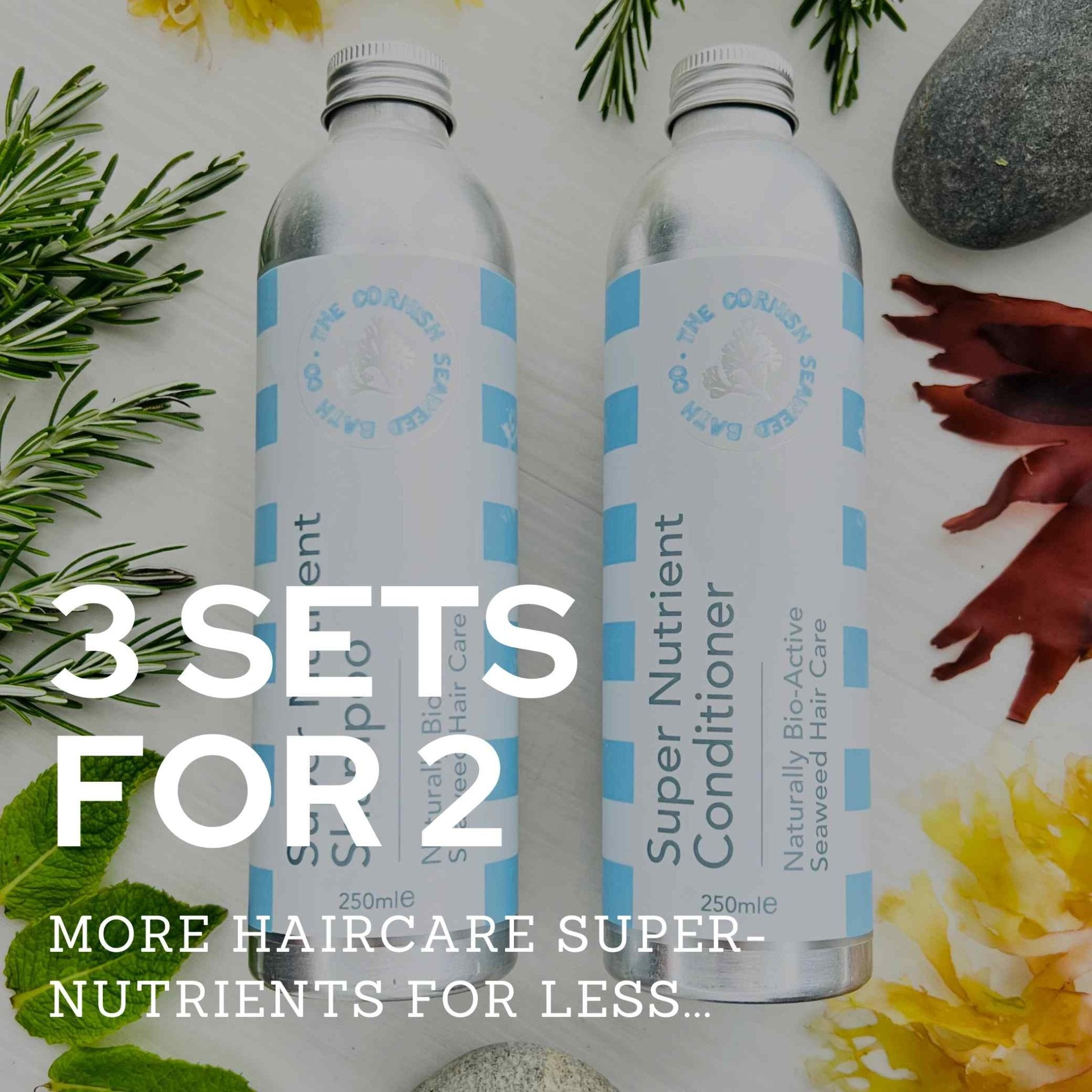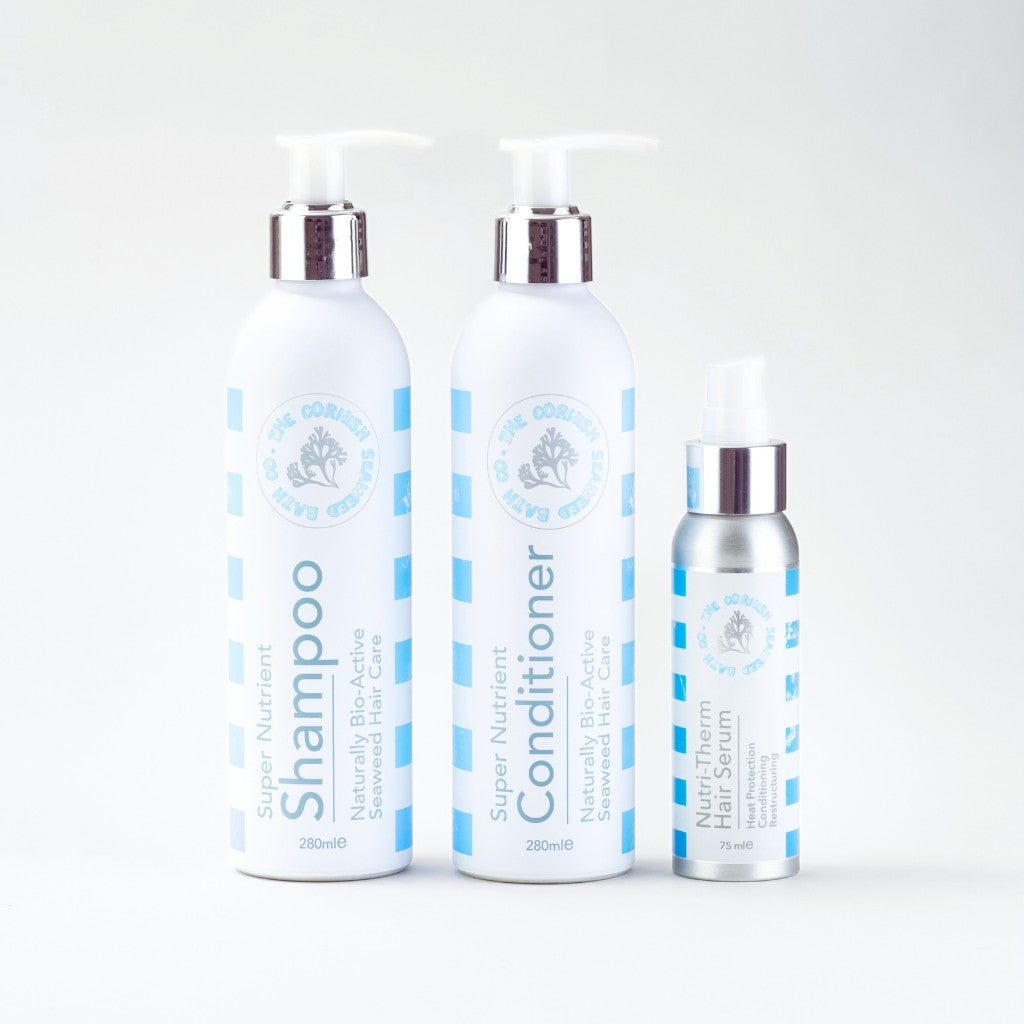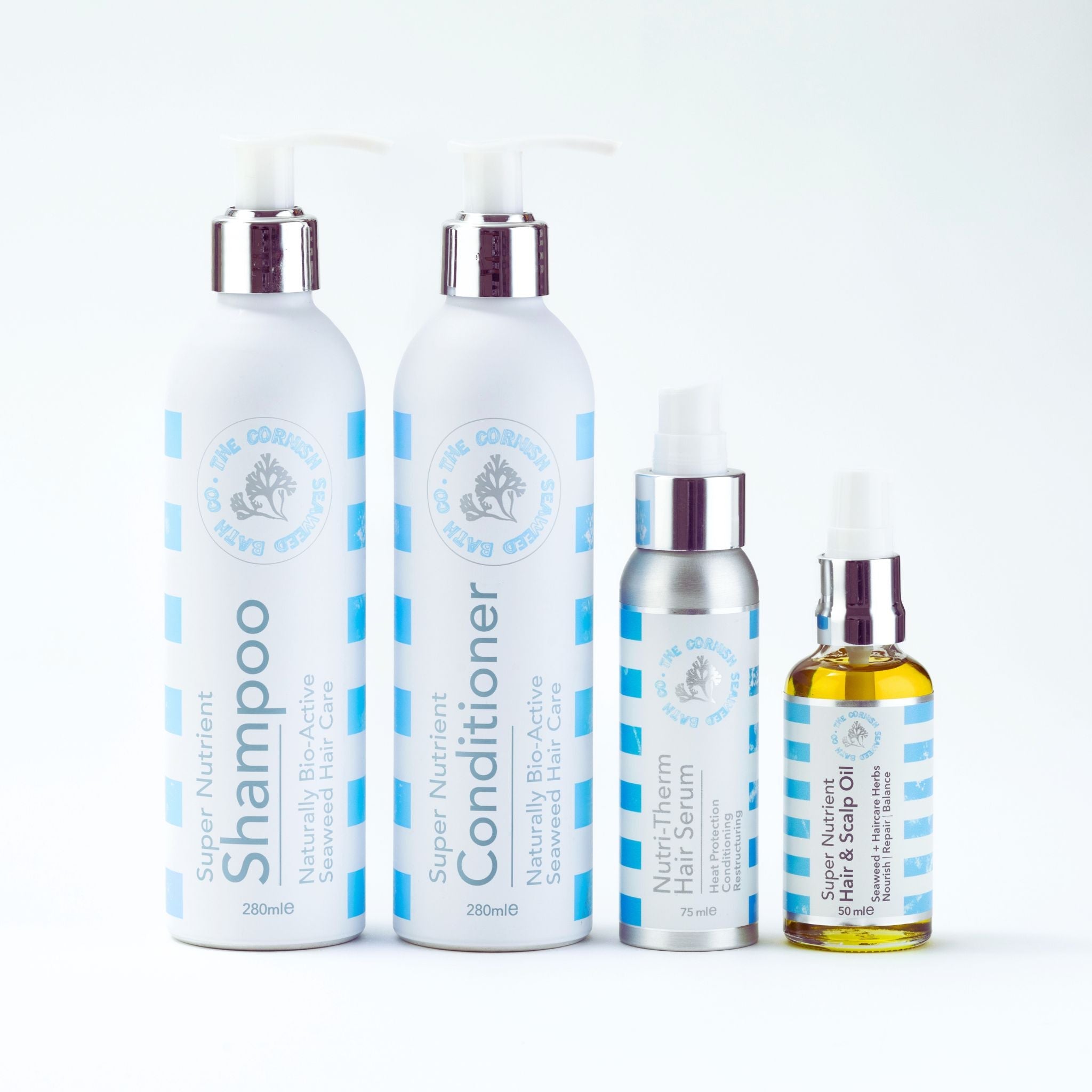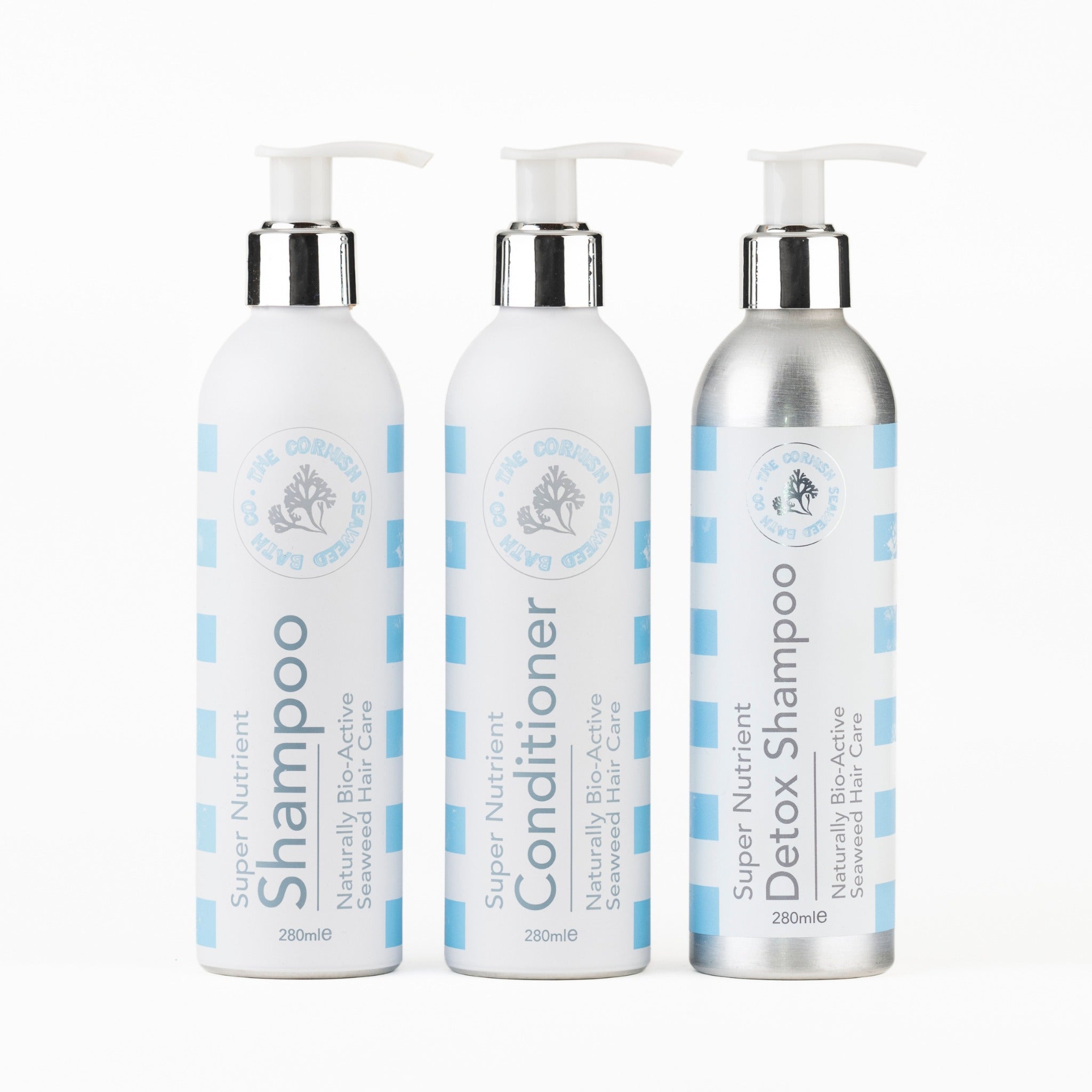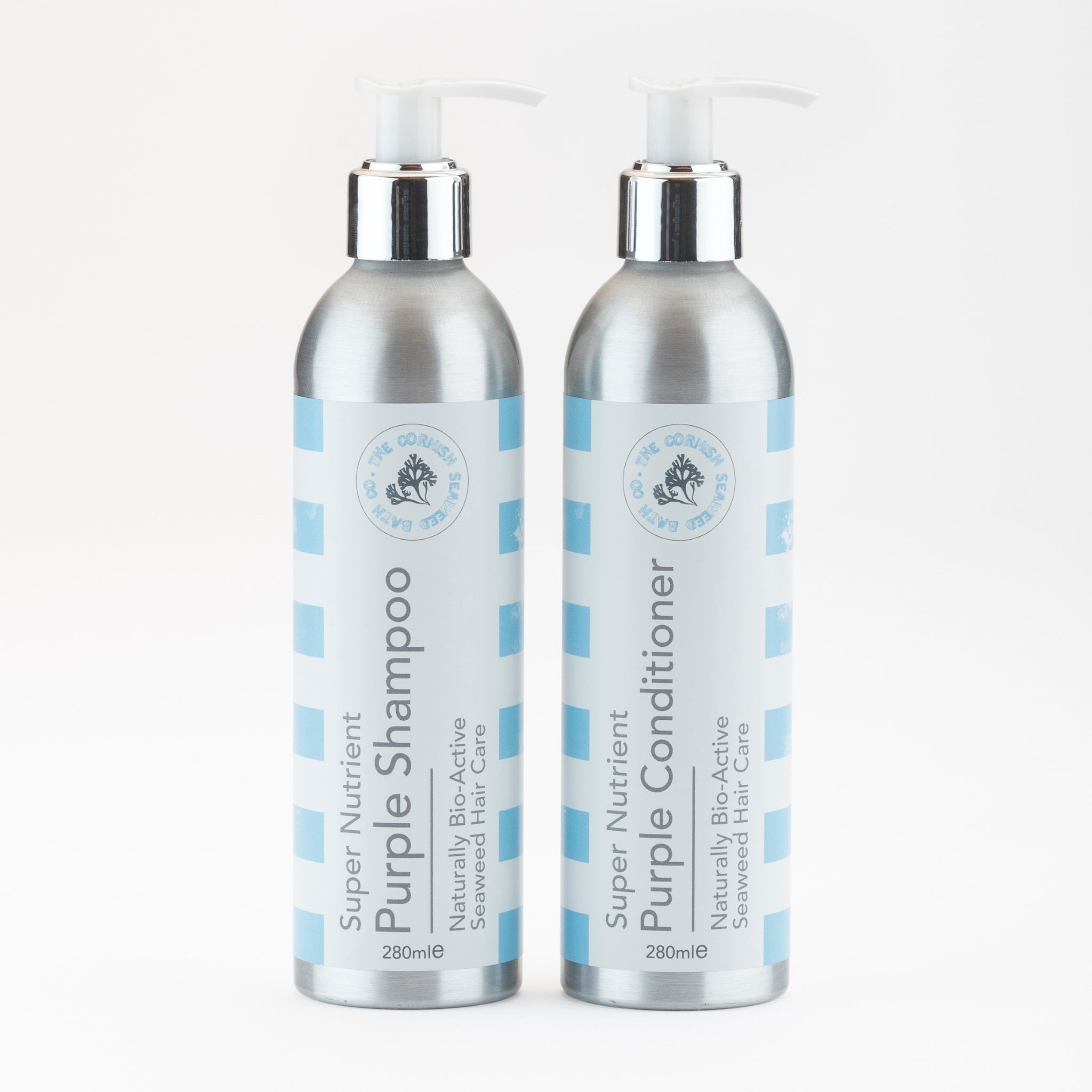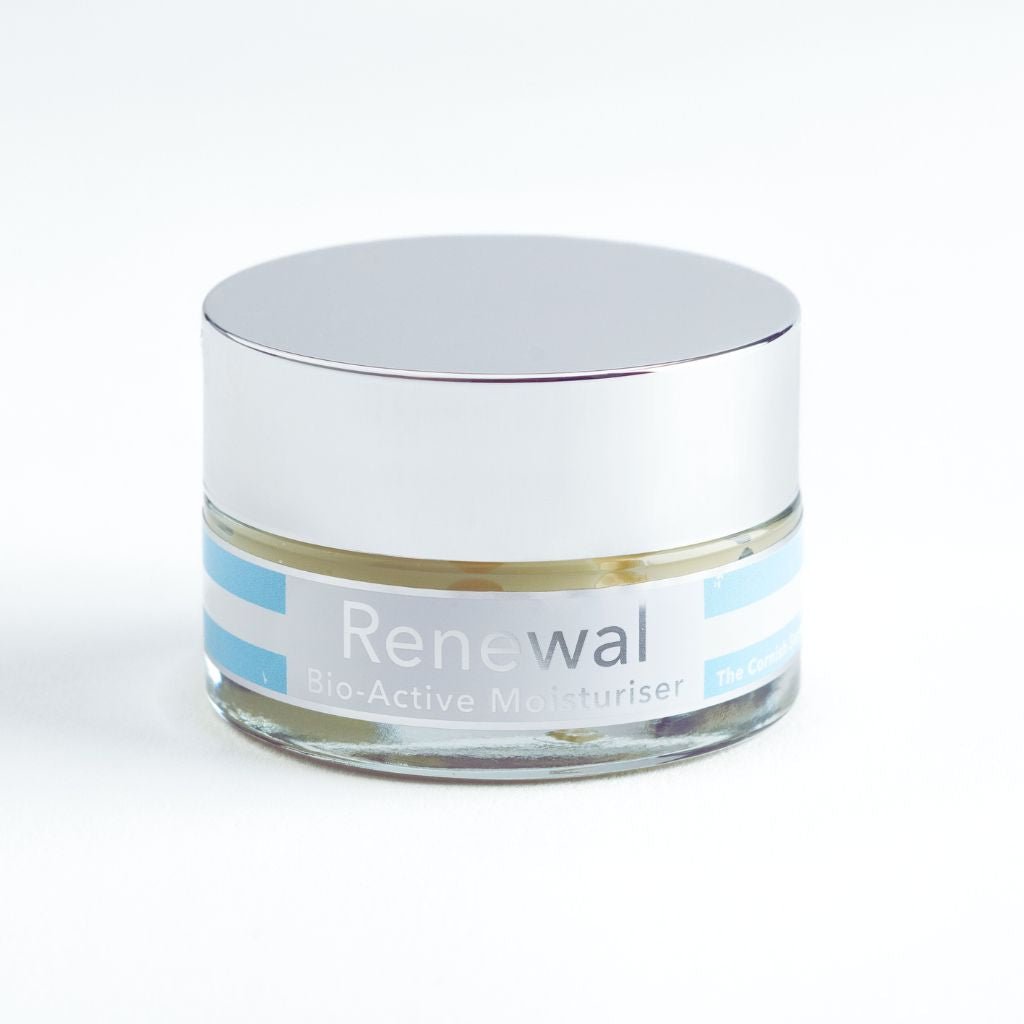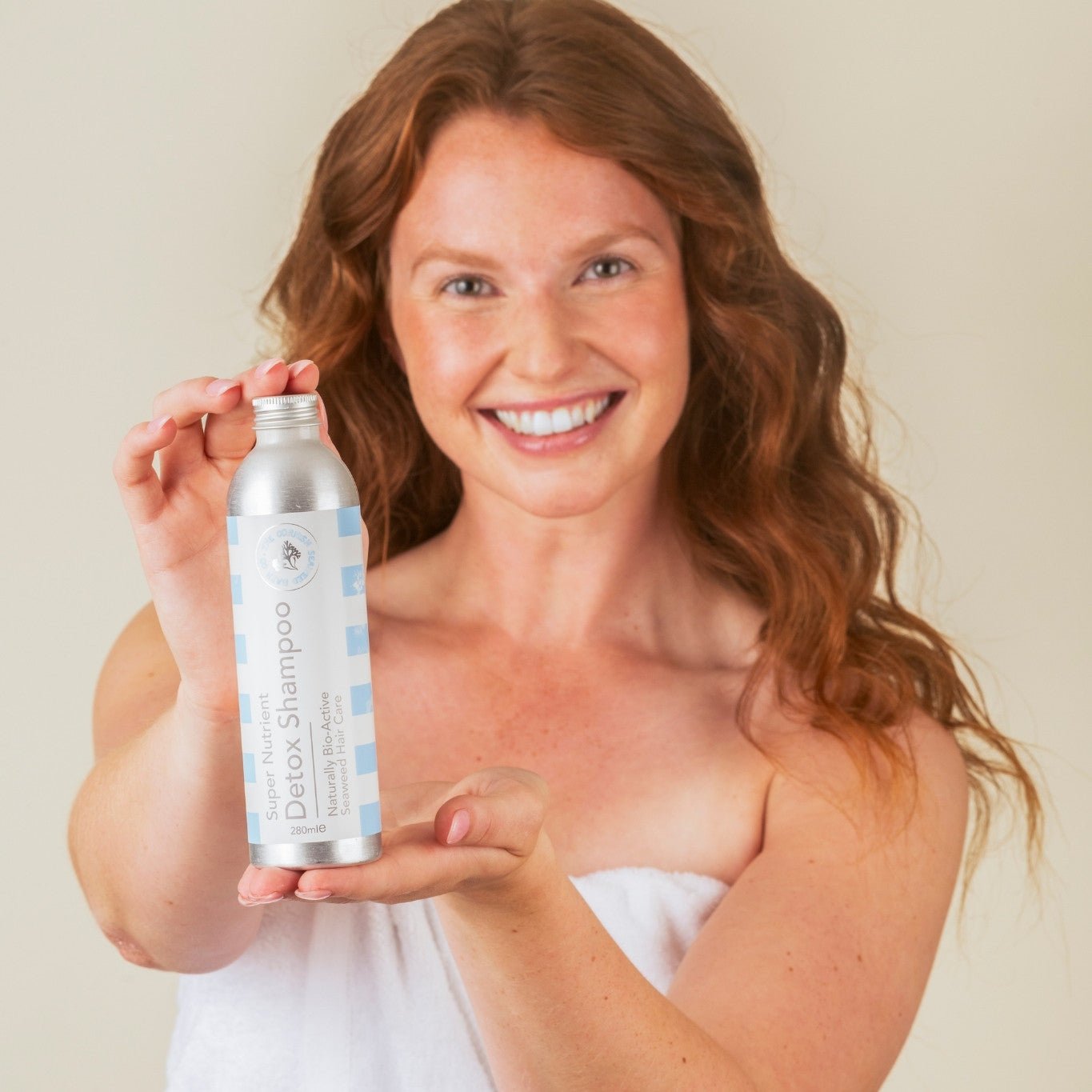Key Takeaways
- Your hair becomes greasy quickly because of overactive sebaceous glands producing excess sebum.
- Sebum is a natural oil that moves down the hair shaft, causing a greasy appearance.
- Genetics play a significant role in how fast your hair gets greasy.
- Hormonal changes can increase sebum production, leading to greasier hair.
- Environmental factors also contribute to the speed at which your hair becomes greasy.
Table of Contents
- Why Does My Hair Get Greasy So Fast? Science & Tips
- How Sebaceous Glands and Genetics Control Oil Production
- Hormones and Life Stages That Trigger Excess Oil
- Environmental and Lifestyle Factors Beyond Washing
- Finding Your Scalp's Optimal Washing Rhythm
- Seaweed-Based Solutions for Natural Oil Balance
Why Does My Hair Get Greasy So Fast? Science & Tips
Your hair gets greasy quickly due to overactive sebaceous glands, which produce excess sebum, a natural oil that travels down your hair shaft. This process is primarily controlled by genetics, hormones, and environmental factors.
Understanding why your hair gets greasy so fast requires looking beyond surface-level solutions. Your scalp contains thousands of sebaceous glands that respond to internal signals like hormone fluctuations and external triggers such as humidity and product build-up. When these glands work overtime, they produce more oil than your hair can naturally distribute or absorb.
The key lies in identifying your specific triggers and adjusting your hair care routine accordingly. Rather than fighting your scalp's natural processes, you can work with them to achieve balanced, healthier-looking hair that stays fresh longer.
How Sebaceous Glands and Genetics Control Oil Production

Sebaceous glands cluster around each hair follicle, with the highest concentration across your crown and temples. These microscopic oil factories produce sebum at genetically predetermined rates, some people naturally produce three times more oil than others.
Fine, straight hair shows grease faster because sebum travels down smooth strands more easily than curly or coarse textures. If your parents had oily hair, you've likely inherited similar sebaceous gland activity.
Quick Assessment: Hair that looks greasy within 12-24 hours indicates high sebum production. Hair that stays fresh for 2-3 days suggests moderate production, while hair requiring washing only twice weekly indicates lower natural oil output.
Your scalp's oil distribution also varies by location. The crown typically produces the most sebum, followed by the hairline, whilst the nape of your neck remains relatively dry. This explains why some areas look greasy whilst others appear normal.
Hormones and Life Stages That Trigger Excess Oil
During puberty, pregnancy, menstrual cycles, and perimenopause, hormonal surges can dramatically alter your hair's greasiness patterns, sometimes overnight.
Women often notice their hair gets greasy quickly during the week before menstruation when progesterone levels drop and androgen activity increases.
Stress hormones, particularly cortisol, also influence sebum production. Stress can keep your sebaceous glands in overdrive, explaining why your hair might become greasier during demanding periods. Sleep deprivation compounds this effect by disrupting hormone regulation. For more insights on hormonal changes and hair, see this guide on navigating haircare during menopause.
Environmental and Lifestyle Factors Beyond Washing
Humidity above 60% accelerates oil production and makes existing sebum more visible on hair strands. Urban pollution particles stick to oily hair, creating a heavier, greasier appearance even when oil levels remain normal.
Exercise increases scalp oil through multiple mechanisms: elevated body temperature stimulates sebaceous glands, whilst sweat mixes with sebum to create a stickier residue. Wearing hats, helmets, or headbands traps heat and moisture against your scalp, creating an ideal environment for accelerated oil production.
Finding Your Scalp's Optimal Washing Rhythm

Proper technique matters just as much as frequency. Water temperature affects oil production: hot water strips natural oils, triggering rebound sebum production. Warm water cleanses effectively whilst maintaining your scalp's natural balance. Finishing with a cool rinse can seal hair cuticles and add shine.
Begin with lukewarm water to open the hair cuticles without triggering excess oil production. Apply a small amount of shampoo directly to your scalp. Work in sections: part your hair into four quadrants and massage with fingertips, or our Shampoo Brush, to cleanse sebaceous gland openings.
Rinse thoroughly, this step takes longer than most people realise. Spend at least two minutes ensuring all product residue disappears, as leftover shampoo can create a film that attracts dirt and accelerates the appearance of grease.For persistent oiliness, the double-cleanse method can prove effective. The first wash removes surface oil and styling products; the second addresses deeper sebum and dead skin cells.
Seaweed-Based Solutions for Natural Oil Balance
Seaweed, particularly Fucus serratus harvested from the Cornish coastline, offers exceptional benefits for balancing natural scalp oils. Rich in trace minerals, vitamins, and antioxidants, seaweed works gently to regulate sebum production while supporting scalp health and overall hair vitality.
Unlike synthetic clarifiers that strip the scalp of essential oils, seaweed-based formulations nourish and rebalance. This approach helps calm overactive sebaceous glands, ensuring your hair stays fresh for longer without feeling dry or tight.
Super Nutrient Shampoo
Formulated with Cornish seaweed (Fucus serratus), mint, and rosemary, this shampoo provides a refreshing, naturally clarifying cleanse. It helps to balance excess oil while invigorating the scalp and leaving hair light and fresh. The mineral-rich seaweed supports the scalp’s natural rhythm, while rosemary and mint encourage circulation and a cool, clean sensation.
Key Benefits:
-
Helps regulate sebum naturally
-
Gently cleanses without stripping essential oils
-
Supports scalp comfort and freshness
-
Ideal for oily or frequently washed hair
-
Vegan and made with 100% natural fragrance
Detox Shampoo
The Super Nutrient Detox Shampoo offers a deeper cleanse for when build-up and environmental residue contribute to greasiness or dullness. It helps remove impurities and restore scalp clarity without disturbing the natural balance.
This shampoo is particularly useful as a monthly or fortnightly reset, helping to remove styling product residue, hard-water minerals, and pollution that can weigh hair down or interfere with sebum regulation.
Key Benefits:
-
Deeply cleanses and purifies the scalp
-
Removes build-up and residue naturally
-
Helps rebalance sebum levels over time
-
Ideal as a fortnightly or monthly clarifying step
Super Nutrient Conditioner
Designed to pair perfectly with both the Super Nutrient and Detox Shampoos, this conditioner blends Cornish seaweed extract, jojoba oil, and coconut oil for balanced hydration. It nourishes and detangles without heaviness, leaving hair soft and manageable while supporting natural oil control.
Seaweed’s mineral content helps soothe and strengthen the scalp, while lightweight plant oils smooth the hair cuticle for a naturally healthy shine.
Key Benefits:
-
Hydrates and softens without adding weight
-
Supports scalp and hair balance
-
Smooths hair and enhances shine
-
Complements seaweed-based shampoos for a balanced routine
Use the Super Nutrient Shampoo for your regular washes and incorporate the Detox Shampoo once every few weeks if needed, as a deeper cleanse, or during the switchover to natural haircare. Follow with the Super Nutrient Conditioner after each wash to restore light hydration and protect the hair’s natural texture.
For a complete, balanced routine, explore our Super Nutrient Haircare Set, which includes both the shampoo and conditioner for everyday use, or the 3 Step Haircare Set + Detox, which adds the Detox Shampoo and Nutri-therm Hair Serum for long-term scalp health and oil balance.
Frequently Asked Questions
How do sebaceous glands and genetics influence how quickly my hair gets greasy?
Sebaceous glands produce sebum, the natural oil that keeps your scalp and hair moisturised. Genetics determine how active these glands are, meaning some people naturally produce more oil, which can cause hair to appear greasy more quickly.
What role do hormones and life stages play in increasing sebum production and hair greasiness?
Hormonal changes during life stages such as puberty, pregnancy, or menopause can stimulate sebaceous glands to produce more sebum. This increase often leads to hair becoming greasier, reflecting the body's shifting internal balance.
What are effective hair care strategies, such as washing frequency and product selection, to manage fast-greasing hair?
Finding the right washing rhythm is key, using gentle, seaweed-based products supports a balanced scalp without stripping natural oils, helping to reduce greasiness and maintain healthier hair.
A picture tells a thousand words: out of necessity, some images in this blog post have been created using artificial intelligence models. This is to help us bring to life & more comprehensively express the written content within this post. We only using artificially generated images when we don’t have a suitable image available to us.
 Christmas Gifts!
Christmas Gifts!


